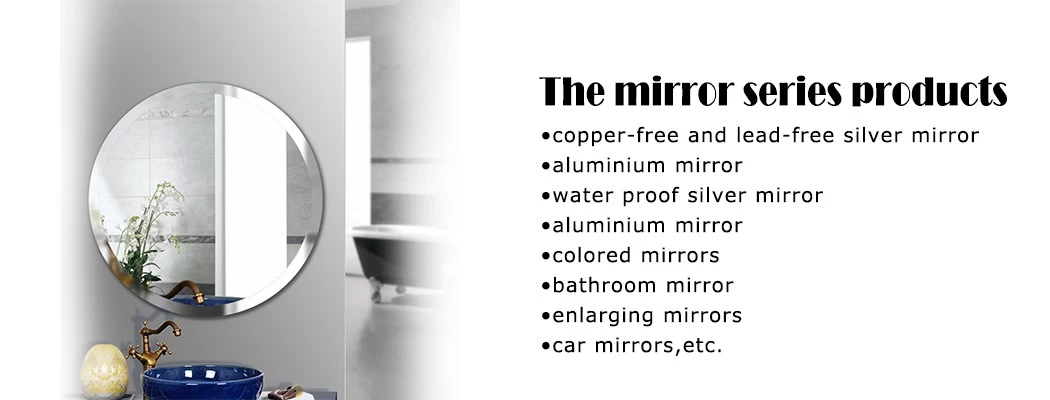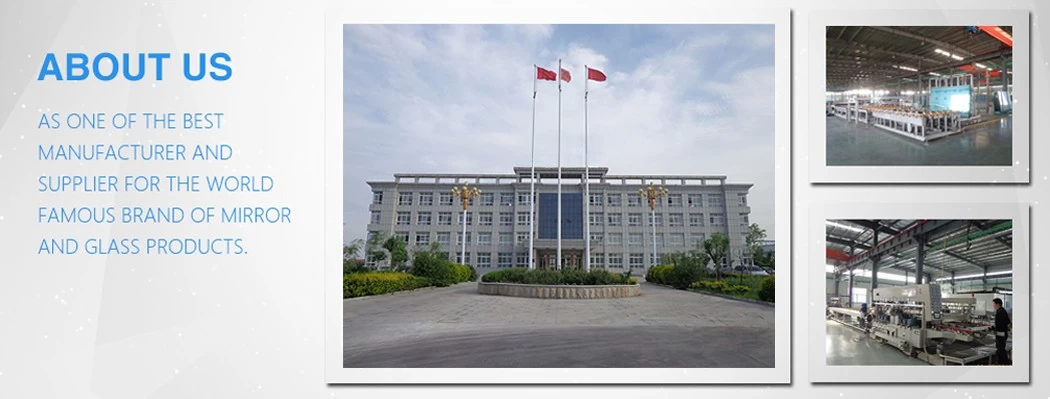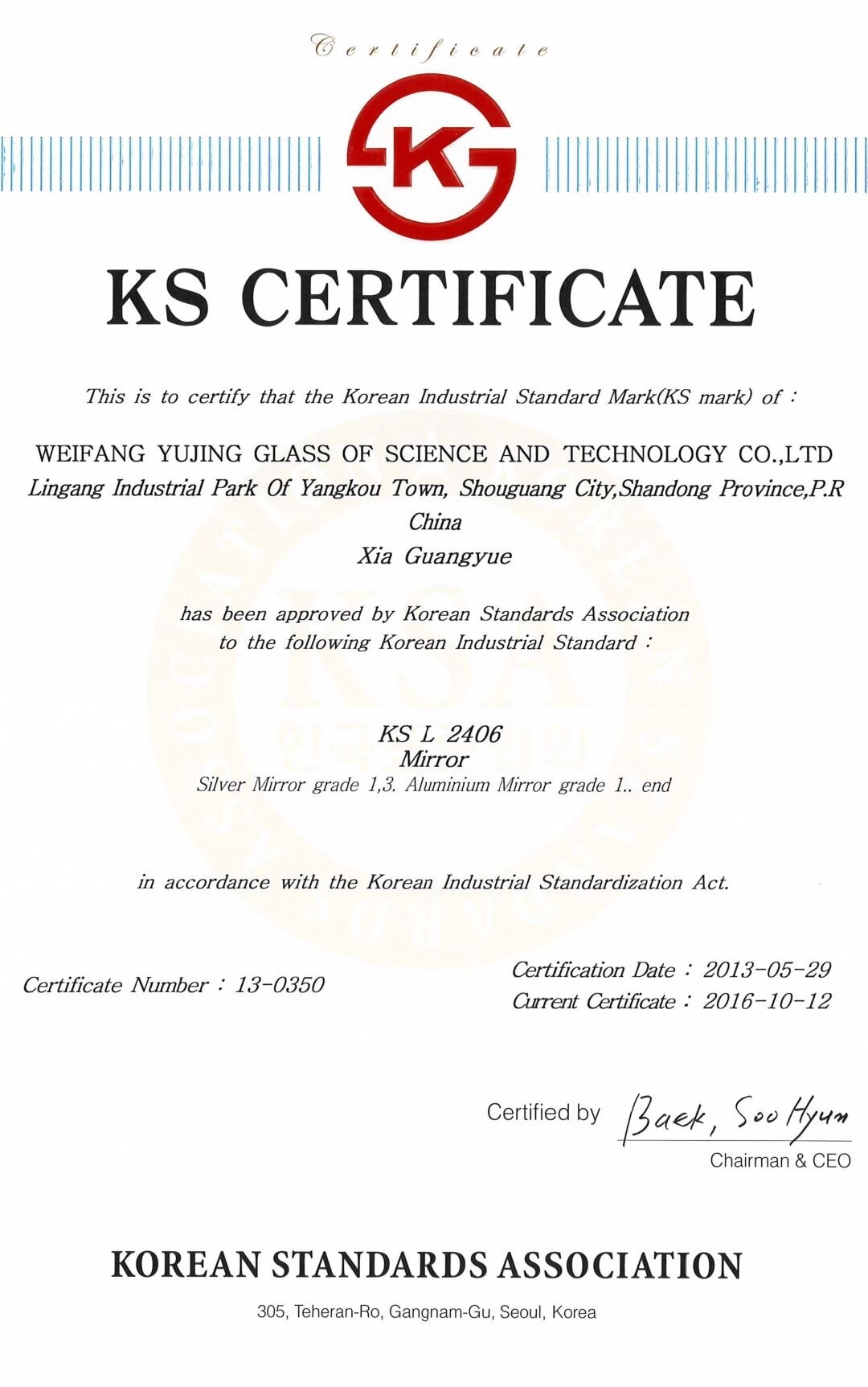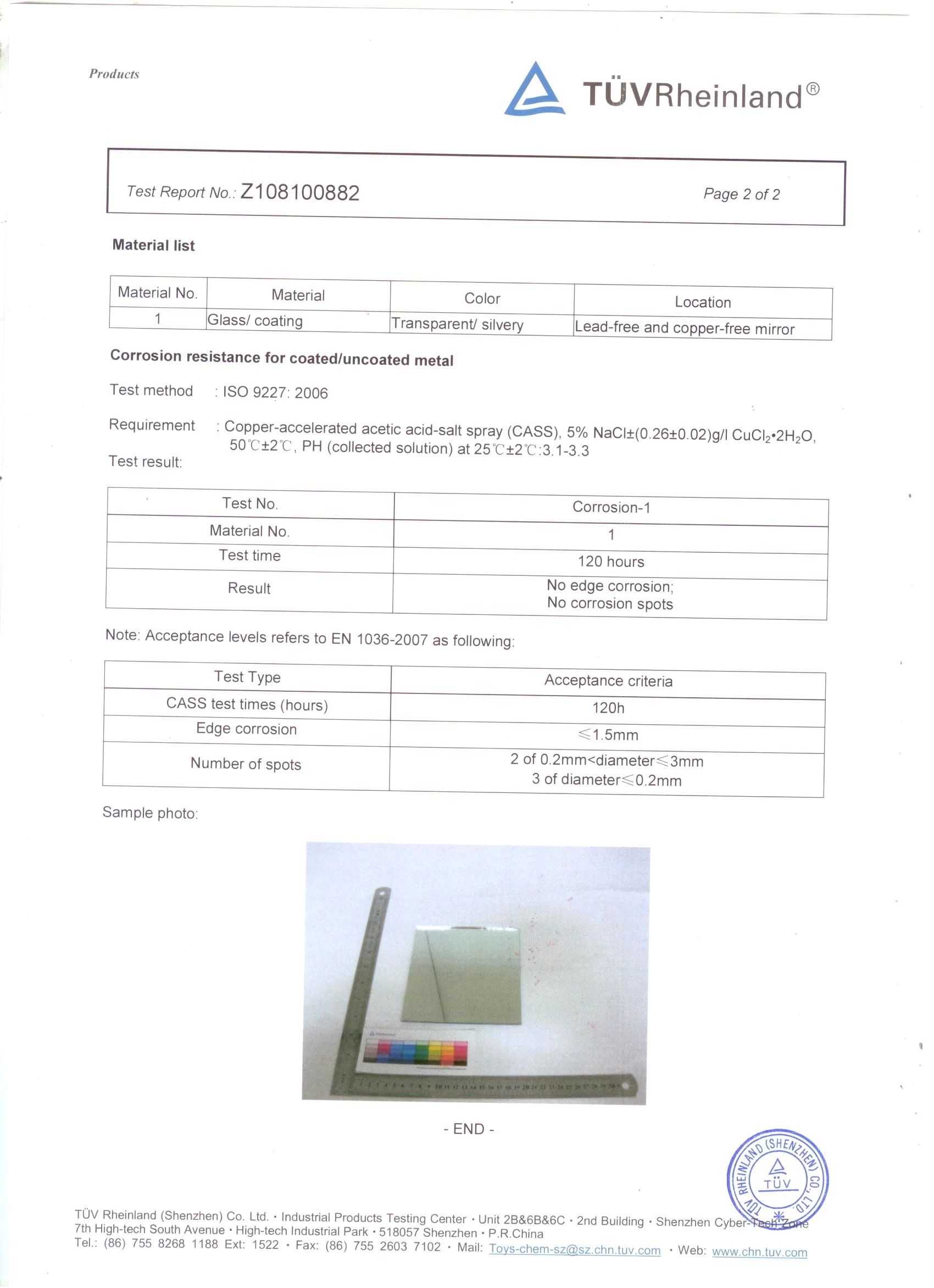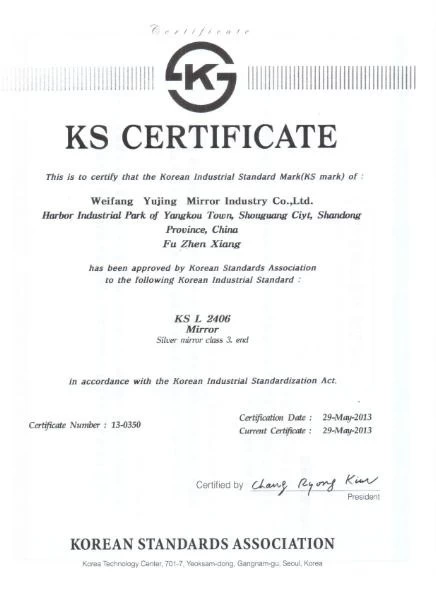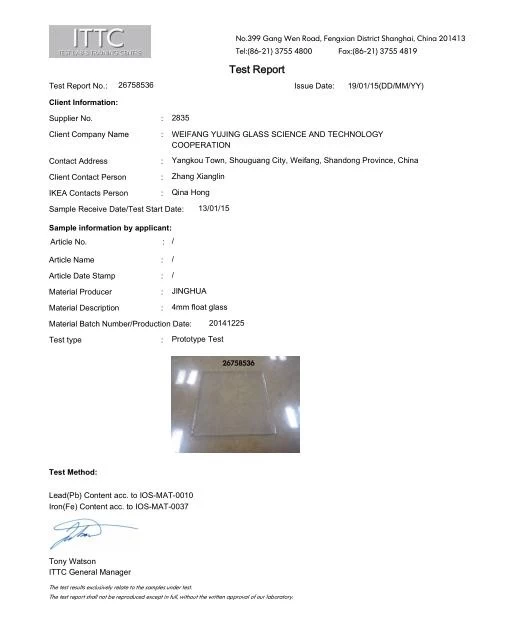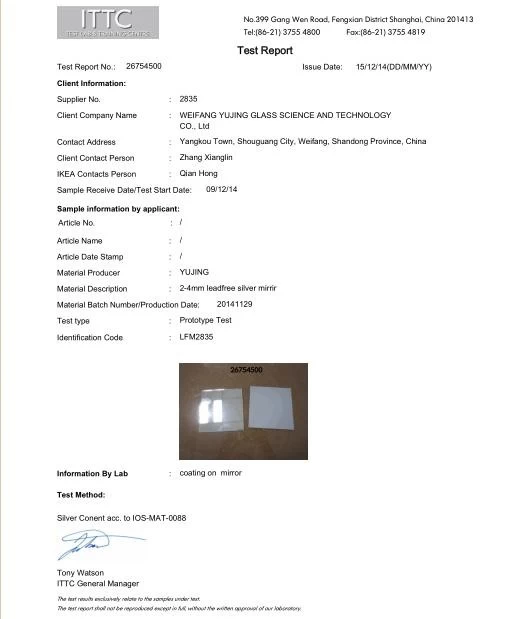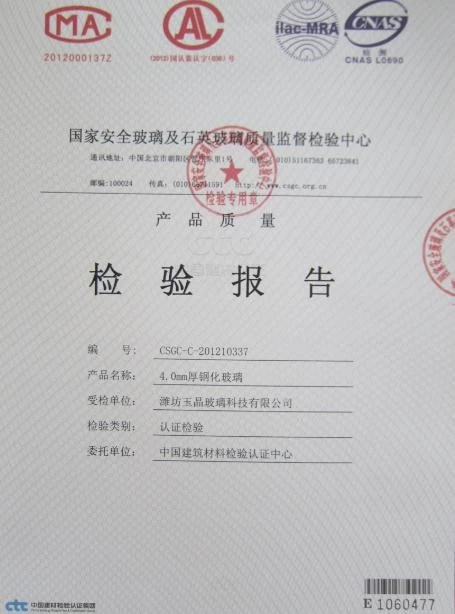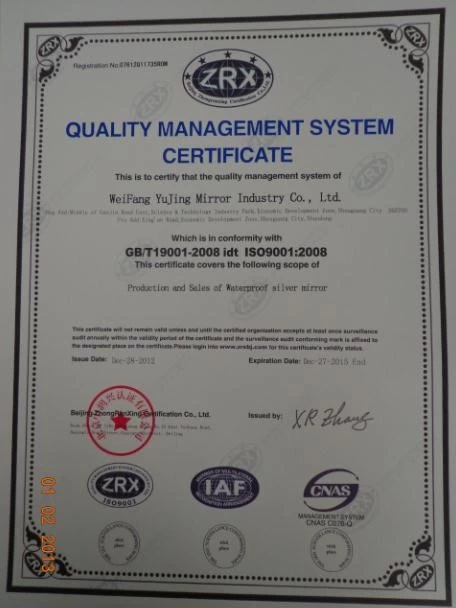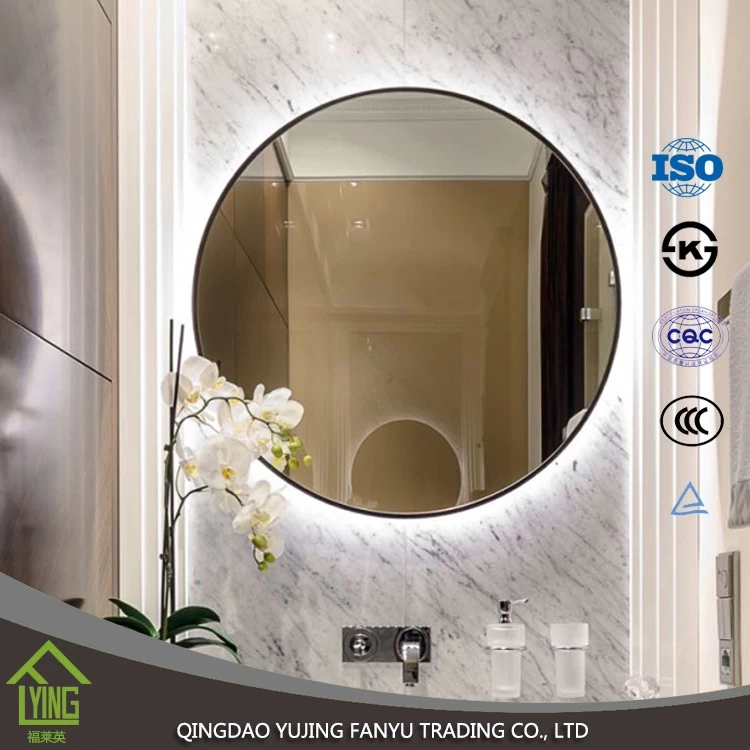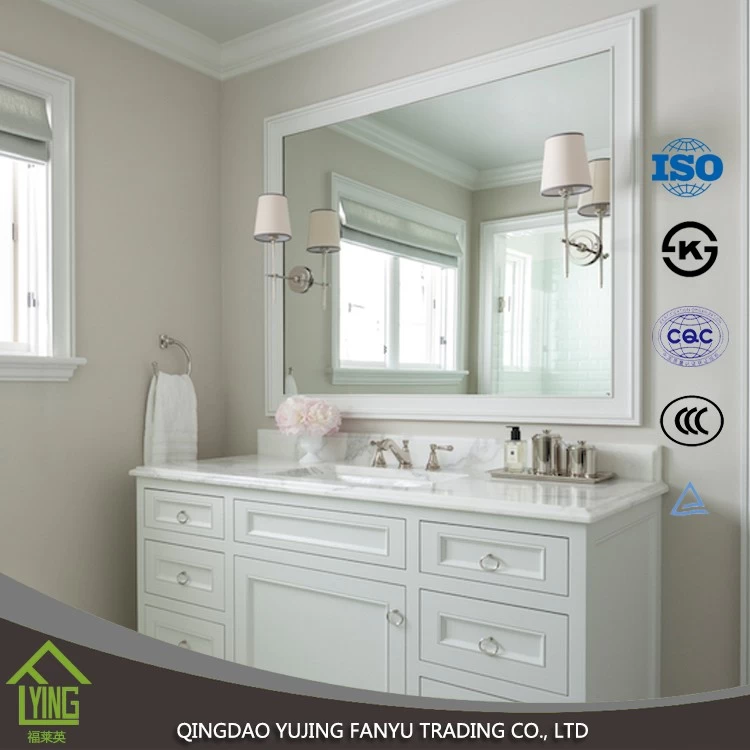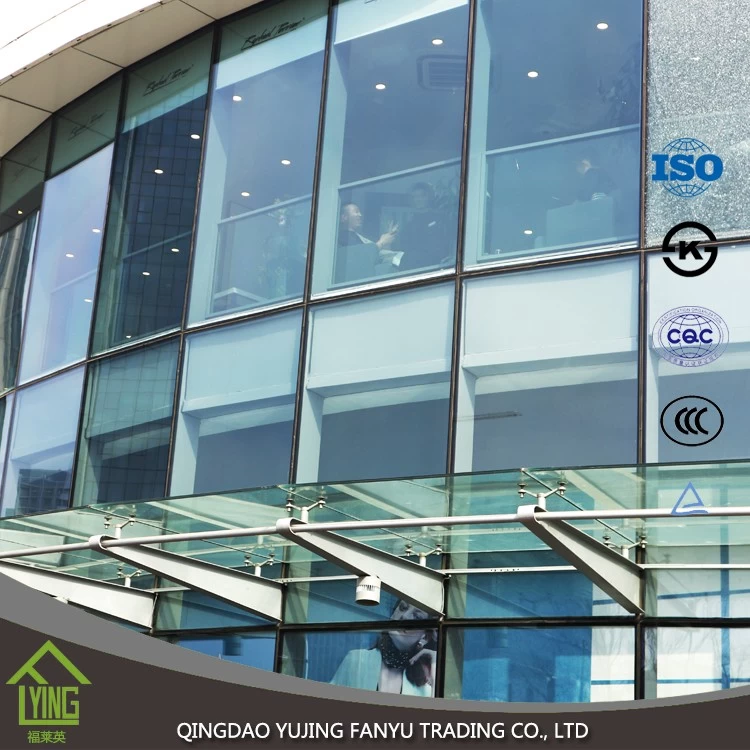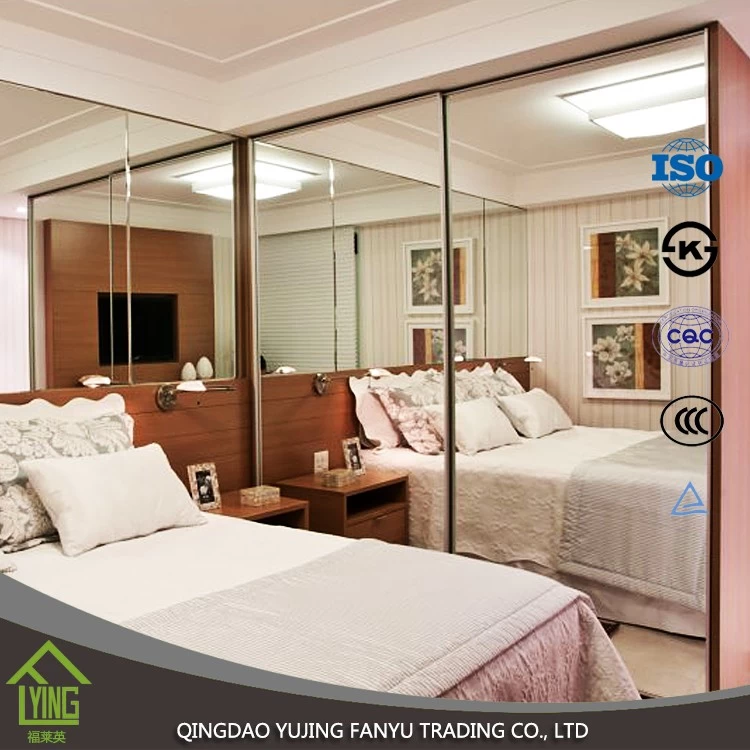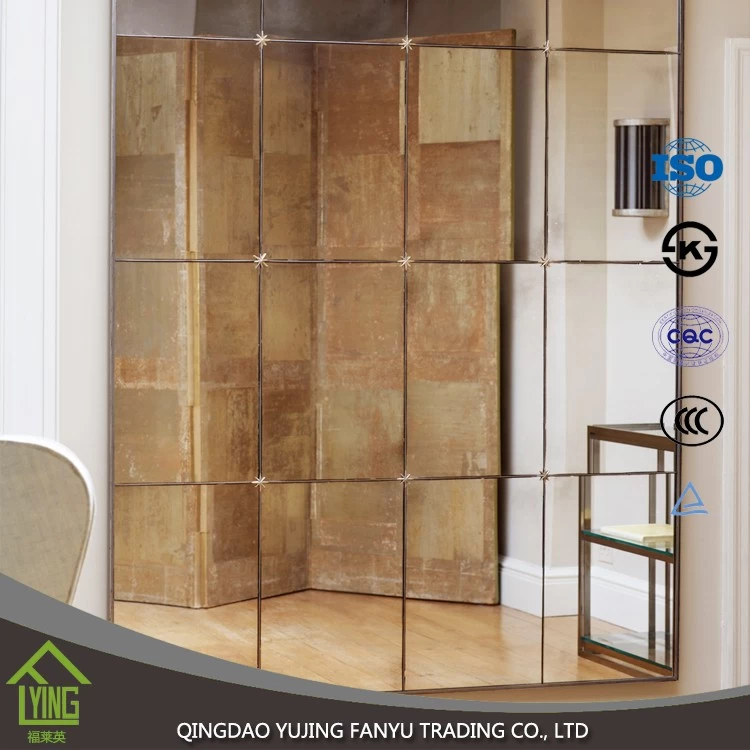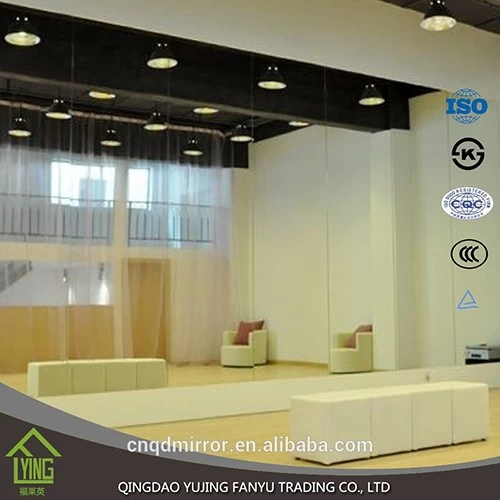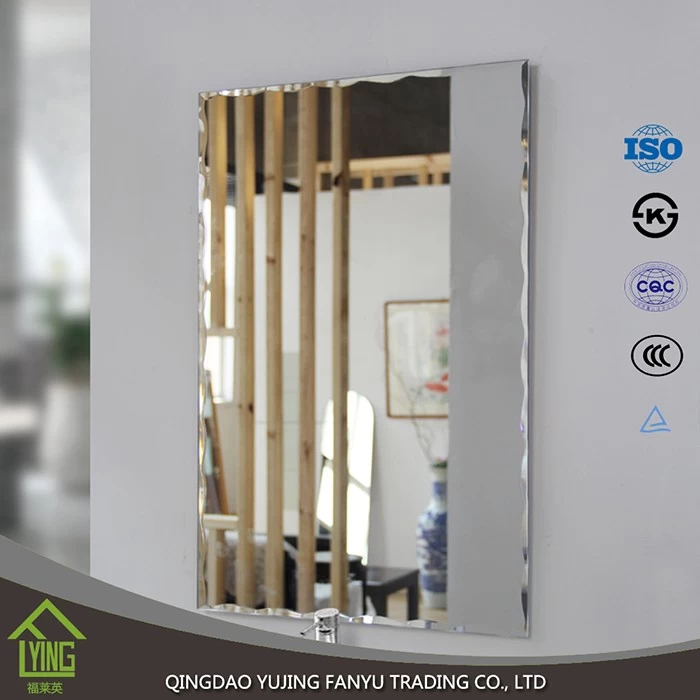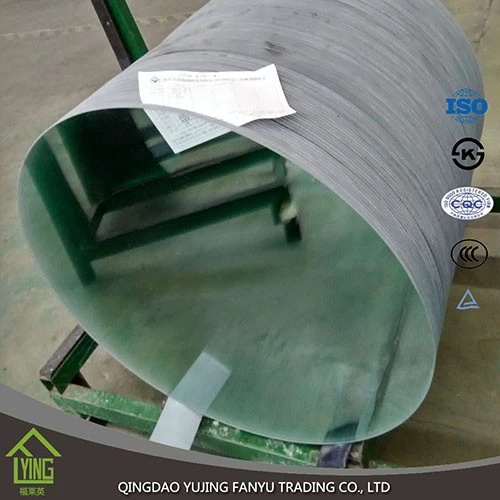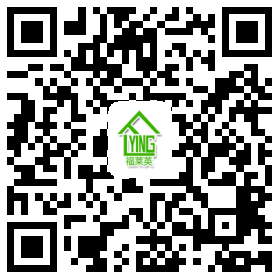Global ultra-thin glass market
Fanyu
Www.glass.com.cn
2018-05-23 17:13:10
Ultra-thin glass is a kind of glass with a thickness of 0.5 mm to 1.6 mm, as well as plastic elasticity. Ultra-thin glass has the advantages of thermal stability, electrical insulation, elasticity, light weight, low climate requirements, and stable chemical properties. Ultra-thin glass has a wide range of applications in semiconductors, touch screens, fingerprint displays, automotive glass, sunglasses, and medical devices.
The
Due to insulation and scratch resistance, ultra-thinglassThe demand is increasing. With the development of the electrical and electronic equipment industry and the increasing demand for smart devices such as televisions and smart phones, the growth of the ultra-thin glass market has been jointly promoted. The government encourages the development of the Internet of Things, automation and robotics industry, and will also increase the demand for ultra-thin glass. In addition, developing countries such as India, China and Thailand are continuously expanding their auto industry and driving the development of the ultra-thin glass market. With increasing concern for environmental protection, the use of hybrid vehicles and electric vehicles is increasing, which is also one of the factors driving the growth of the global ultra-thin glass market. Solar and wind energy are replacing traditional energy sources in more and more projects. The use of renewable energy to reduce carbon emissions has contributed to the growth of the global market.
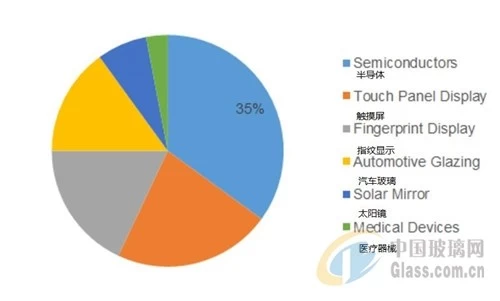 The
The
In 2017, Tesa SE, a German adhesives manufacturer, plans to develop a bold new technology for the KONFEKT project - Organic Light Emitting Diodes. To this end, the KONFEKT project is supported by 6.8 million U.S. dollars from the German Federal Ministry of Education and Research.
The
In 2018, Asahi Glass developed ultra-thin glass with a thickness of 0.07 for folding devices such as laptops and smart phones. Android handset makers look forward to launching innovative products such as foldable smartphones, which further stimulated the growth of the global ultra-thin glass market.
The
Due to insulation and scratch resistance, ultra-thinglassThe demand is increasing. With the development of the electrical and electronic equipment industry and the increasing demand for smart devices such as televisions and smart phones, the growth of the ultra-thin glass market has been jointly promoted. The government encourages the development of the Internet of Things, automation and robotics industry, and will also increase the demand for ultra-thin glass. In addition, developing countries such as India, China and Thailand are continuously expanding their auto industry and driving the development of the ultra-thin glass market. With increasing concern for environmental protection, the use of hybrid vehicles and electric vehicles is increasing, which is also one of the factors driving the growth of the global ultra-thin glass market. Solar and wind energy are replacing traditional energy sources in more and more projects. The use of renewable energy to reduce carbon emissions has contributed to the growth of the global market.

In 2017, Tesa SE, a German adhesives manufacturer, plans to develop a bold new technology for the KONFEKT project - Organic Light Emitting Diodes. To this end, the KONFEKT project is supported by 6.8 million U.S. dollars from the German Federal Ministry of Education and Research.
The
In 2018, Asahi Glass developed ultra-thin glass with a thickness of 0.07 for folding devices such as laptops and smart phones. Android handset makers look forward to launching innovative products such as foldable smartphones, which further stimulated the growth of the global ultra-thin glass market.


